Middos Mission
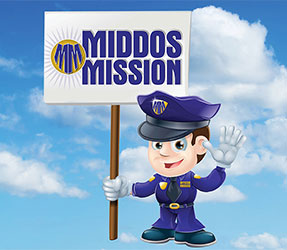
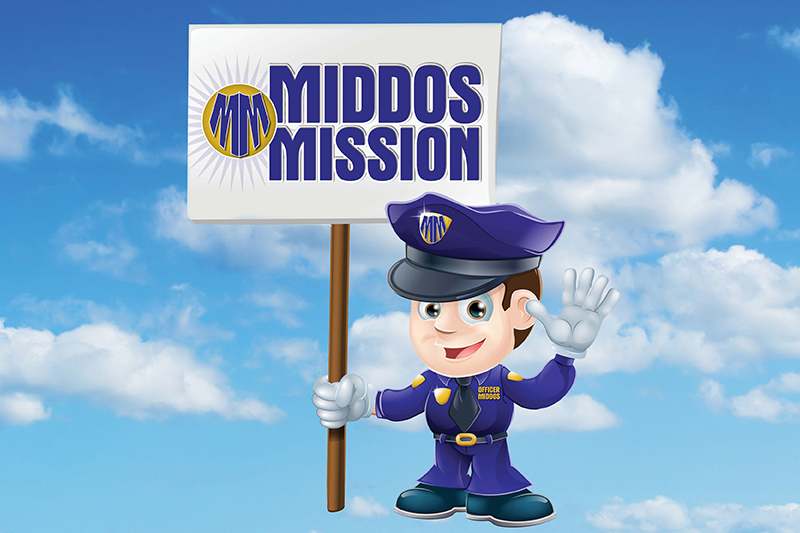
Can you teach middos?
It is a question that has confronted parents and educators for generations. Besides being a good example for him to emulate, can you truly train a child, who was born essentially self-centered, to develop good middos? To focus not only on improving his relationship with Hashem but on his interactions with his fellow man, as well?
With the Middos Mission program in its first grade, Yeshiva Darchei Torah has developed an innovative and wildly successful answer to this question.
Middos Mission is the brainchild of Mrs. Tzipi Fisher, a first grade general studies teacher. The Yeshiva had been seeking unsuccessfully to introduce a middos program for a number of years until Mrs. Fisher came up with a workable model.
 What are middos? As Rav Yaakov Bender, Rosh HaYeshiva puts it, “Middos are not manners. It’s very important to say ‘Good Morning’ and ‘Thank You’. But the most important thing is to genuinely care for others, to want to do for others. Having good middos means effecting internal, not merely external, change.”
What are middos? As Rav Yaakov Bender, Rosh HaYeshiva puts it, “Middos are not manners. It’s very important to say ‘Good Morning’ and ‘Thank You’. But the most important thing is to genuinely care for others, to want to do for others. Having good middos means effecting internal, not merely external, change.”
So with the encouragement of the Rosh HaYeshiva and Rav Shmuel Strickman, menahel of the Lower Elementary School, the collaboration of a first grade rebbi, Rav Eliezer Ament, and the generous funding of the Yeshiva’s Women’s League, Middos Mission was born.
The program seeks to train the boys to develop and sharpen several basic middos with a fun, comprehensive and child-focused approach. It concentrates on 5 or 6 middos per year, spending approximately one and a half months on each:
- Nosei B’ol im chaveiro – empathy; feeling another’s pain and doing something about it
- Kavod Habrios – to speak like a mensch, and to initiate and reply to friendly greetings
- Hakoras Hatov – gratitude
- Lashon Hatov – speaking in a positive and dignified manner
- Bal tashchis – to appreciate the good that we have and not waste or destroy it
- Zehirus – safety
“The focus is simple and age-appropriate,” says Rav Strickman. “By focusing on a few basic things, we give the talmidim realistic goals in middos improvement. As they get older they will have time to go deeper.”
The first stage of teaching each middah is an assembly to introduce it. With all the first grade talmidim seated in the Diamond Bais Medrash, Rav Strickman explains the middah on a level the boys can understand. A rebbi tells a true and inspiring story that highlights the middah. The boys then sing the Middos Mission theme song.
The following week the boys will act out different aspects of the middah during their recess; Rav Ament is on hand to record it all on video.
 About a week later the beautiful video, replete with graphics, music and special effects, is shown to all the talmidim. Throughout these weeks each rebbi and teacher makes sure to incorporate the middah into their daily lessons or to use it as a springboard for discussion when something happens in the classroom.
About a week later the beautiful video, replete with graphics, music and special effects, is shown to all the talmidim. Throughout these weeks each rebbi and teacher makes sure to incorporate the middah into their daily lessons or to use it as a springboard for discussion when something happens in the classroom.
The following week Mrs. Fisher will visit all the first grades to conduct workshops. They review the fundamentals with the talmidim and ask them to suggest examples of the middah.
An incentive system motivates the talmidim to keep improving. In the first grade, talmidim are given punch cards which the teacher can punch each time she sees a boy exhibiting good middos. For the second grade, the bulletin boards in the hallways are filled with MMNNs (Middos Mission Nachas Notes), wherein parents submit their proud impressions of their child’s successfully having incorporated the middos into his behavior. “This reinforces the home-school connection,” Mrs. Fisher explains, “highlighting that good middos are not just for the classroom; they are for everywhere, 24/7.”
There are no prizes in this program; the recognition the boys receive for demonstrating progress is its own reward. This ensures that the progress is real, and not merely an attempt to win a prize.
To enliven things a bit, friendly, age-appropriate mascots were created; for first grade it is Officer Middos, a policeman, for second grade it is Handy Middos, a handyman. A newsletter, Middos Mentions, reinforces the rest of the program with messages from the menahalim, a short story, and some choice MMNNs.
“This program is having a real impact,” says Rav Ament. “I see the changes as a rebbi in so many ways, where saying Thank You while making eye contact, for example, becomes second nature when it wasn’t previously. And the feedback from parents is overwhelming.”
Mrs. Fisher concludes that the program has succeeded in sensitizing the boys to the practices of good middos. “That’s our goal. It is true that one can only teach middos by example, and that is what we are doing. The talmidim have the opportunity to learn not only from their rabbeim and teachers but from one another – through real-life examples, such as those on the video – how to conduct themselves with good middos.”
The Rosh HaYeshiva reminds us that “Chazal say that if a person learns Torah but does not have middos, it’s a terrible thing, a chilul Hashem. We therefore have to make sure that the talmidim coming out of our yeshiva are not just talmidei chachamim, but that they have good middos, as well. Middos Mission is a big part of that, and we are so pleased with the impact it is having.” ∎

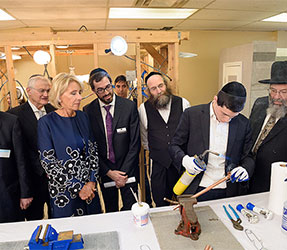
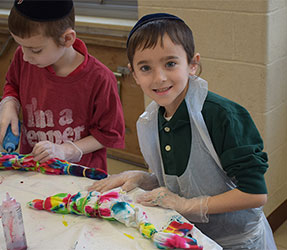
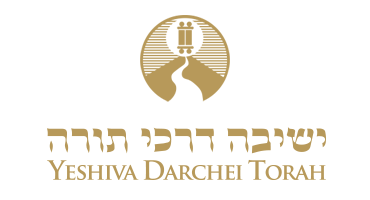

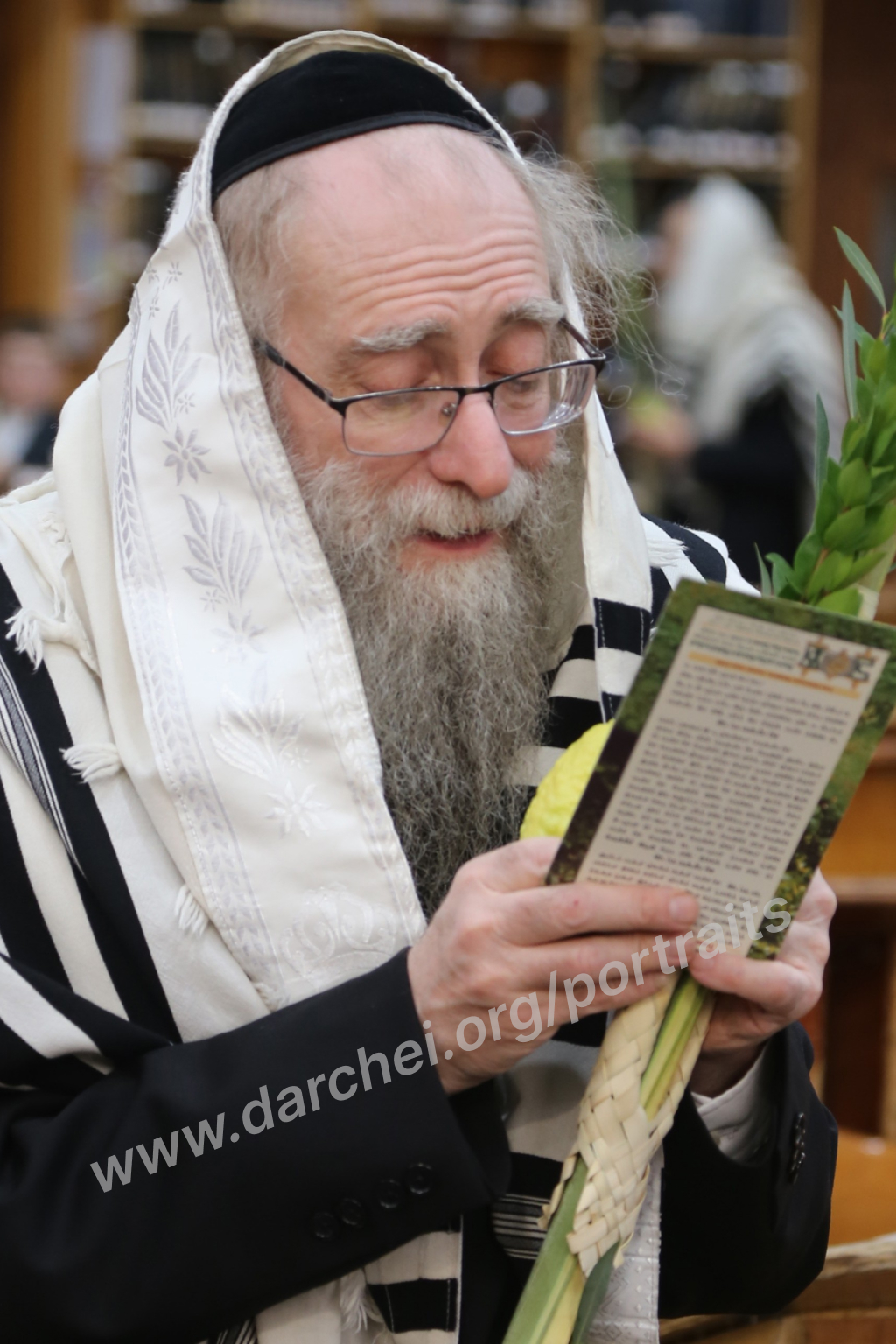






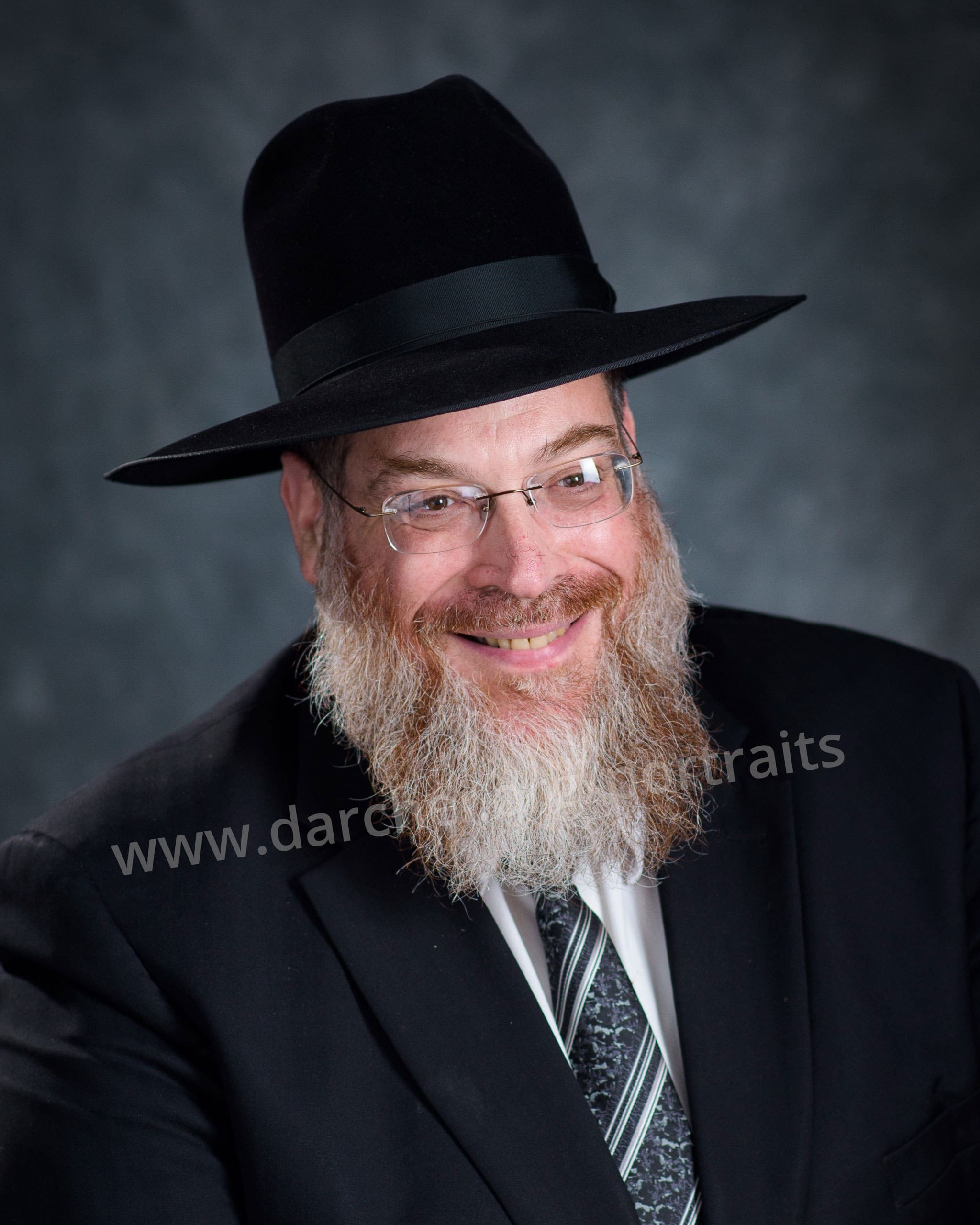

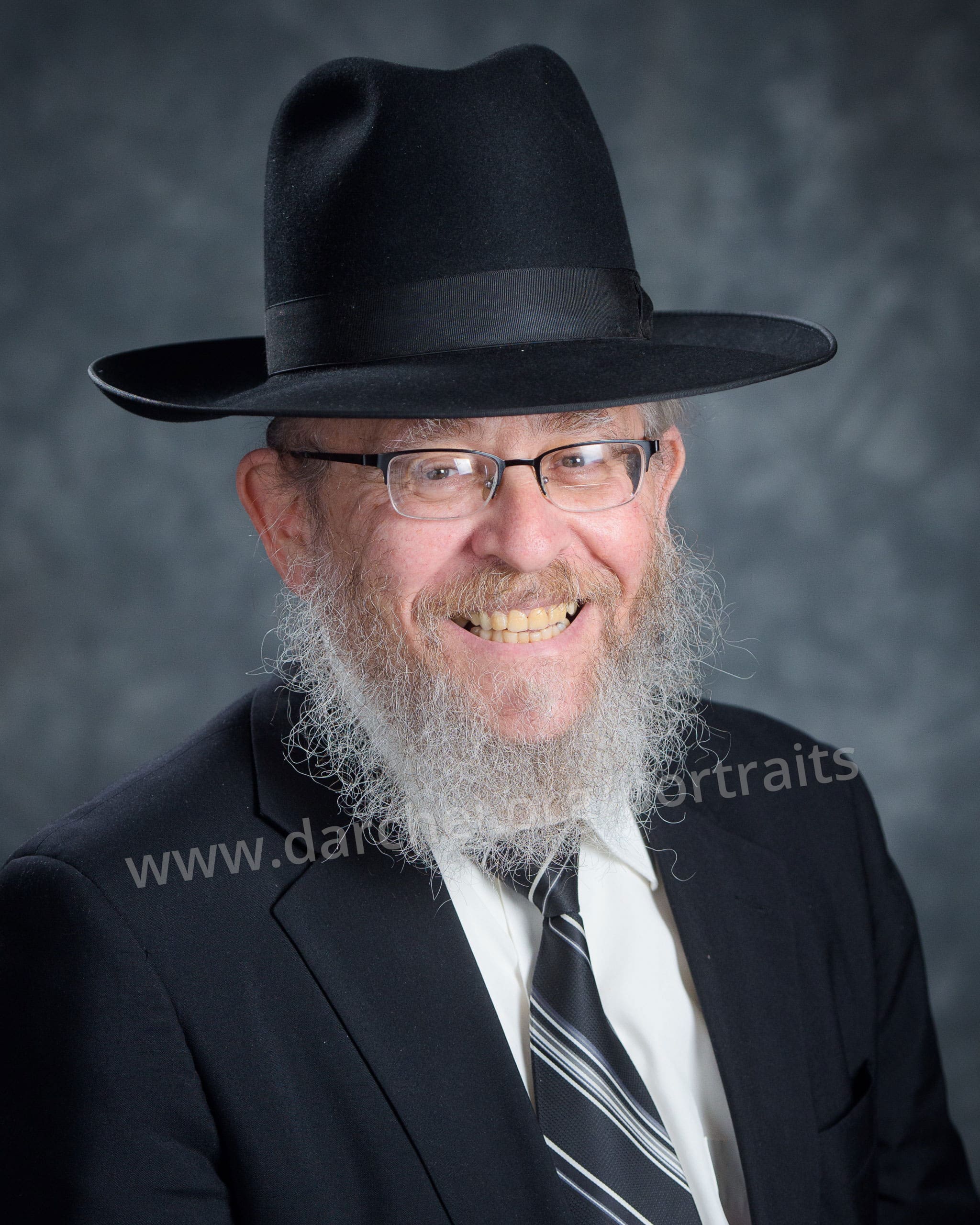
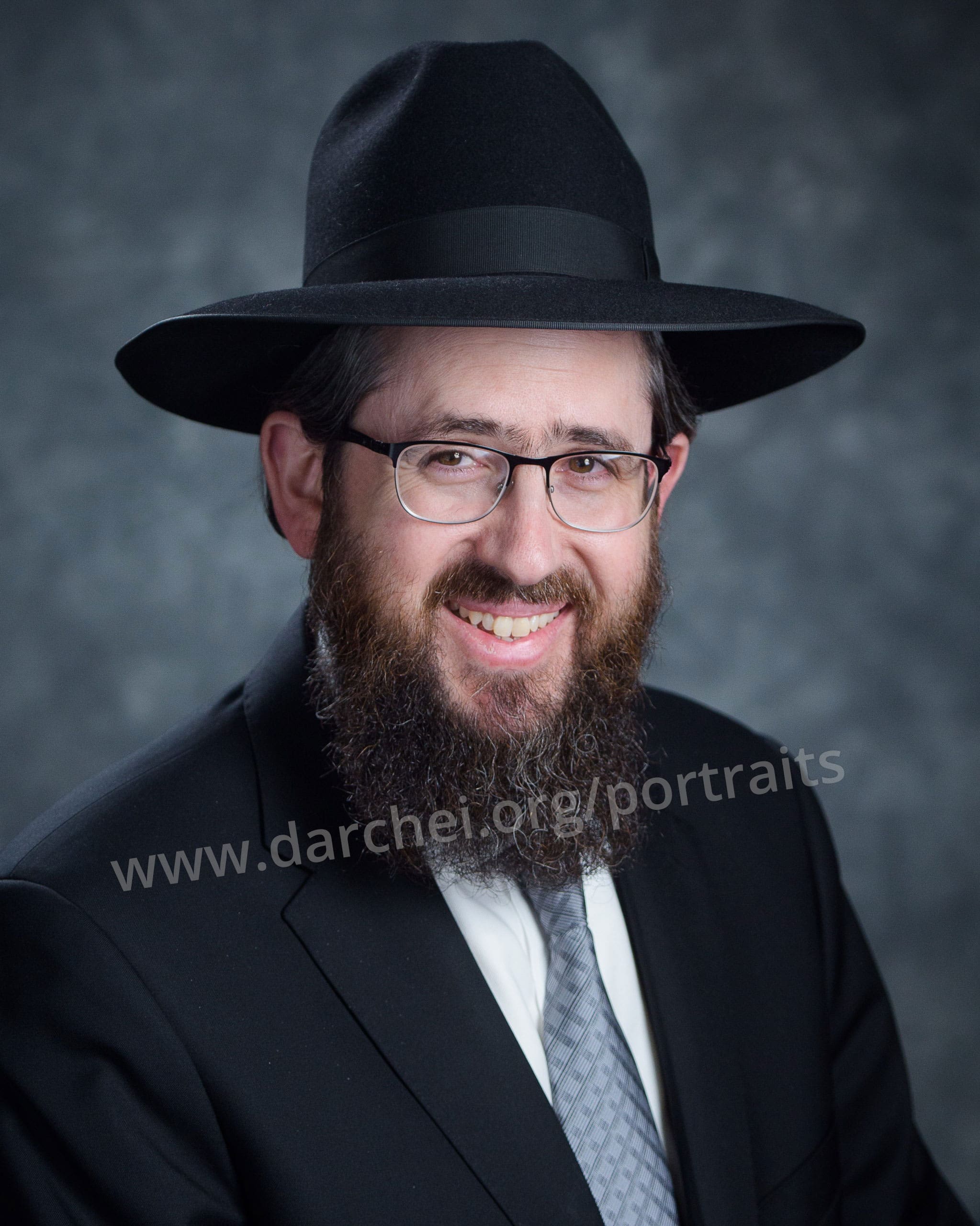
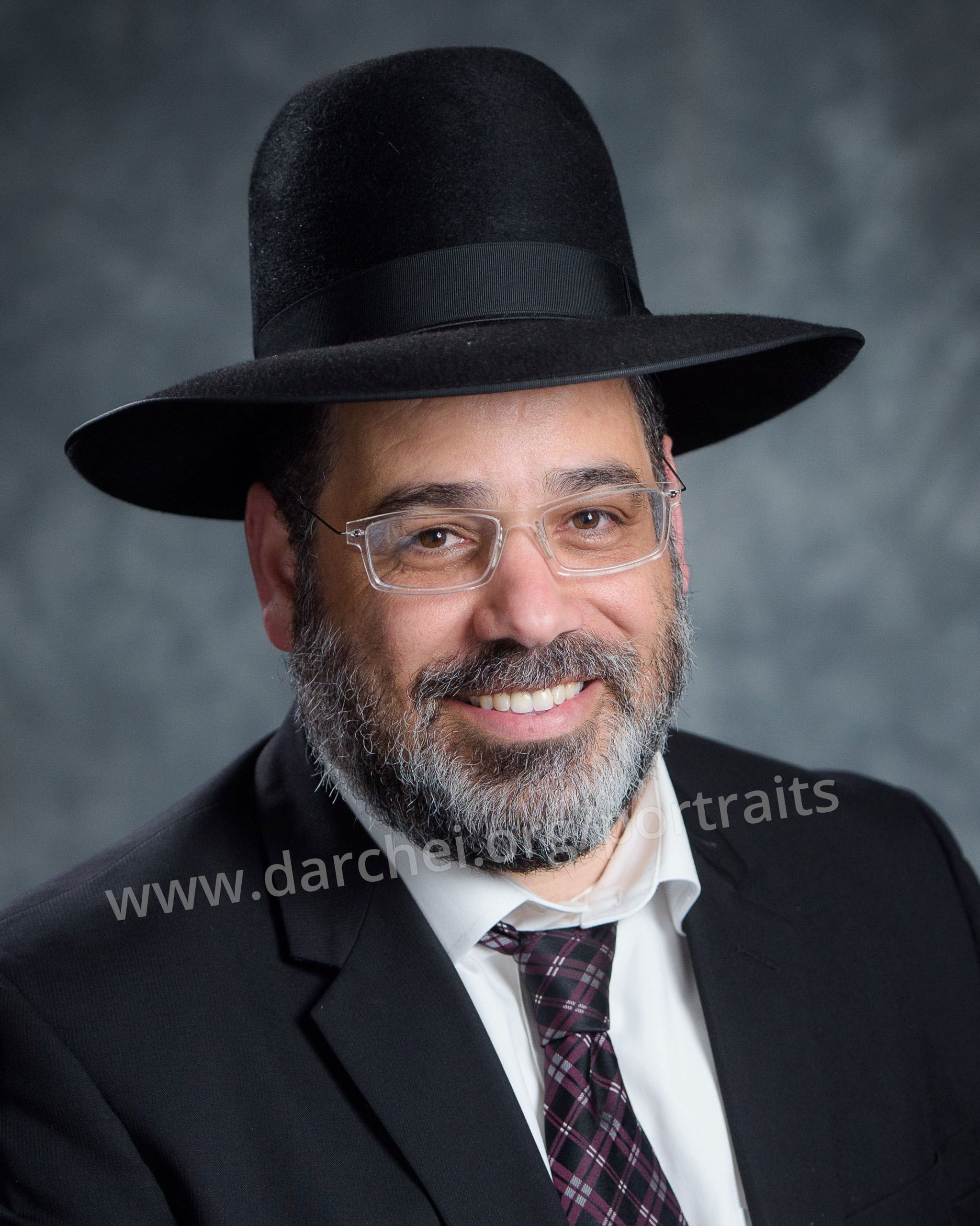
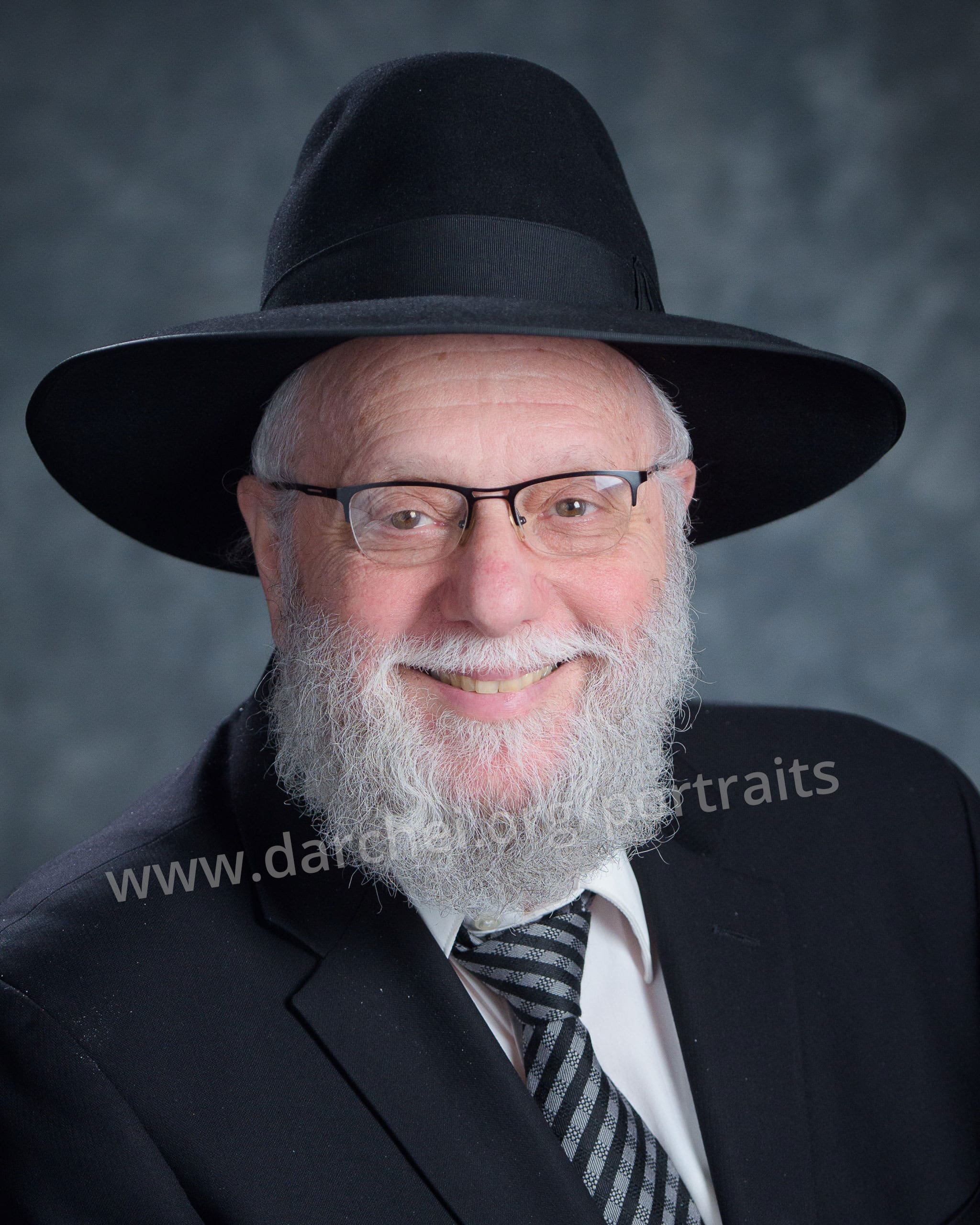
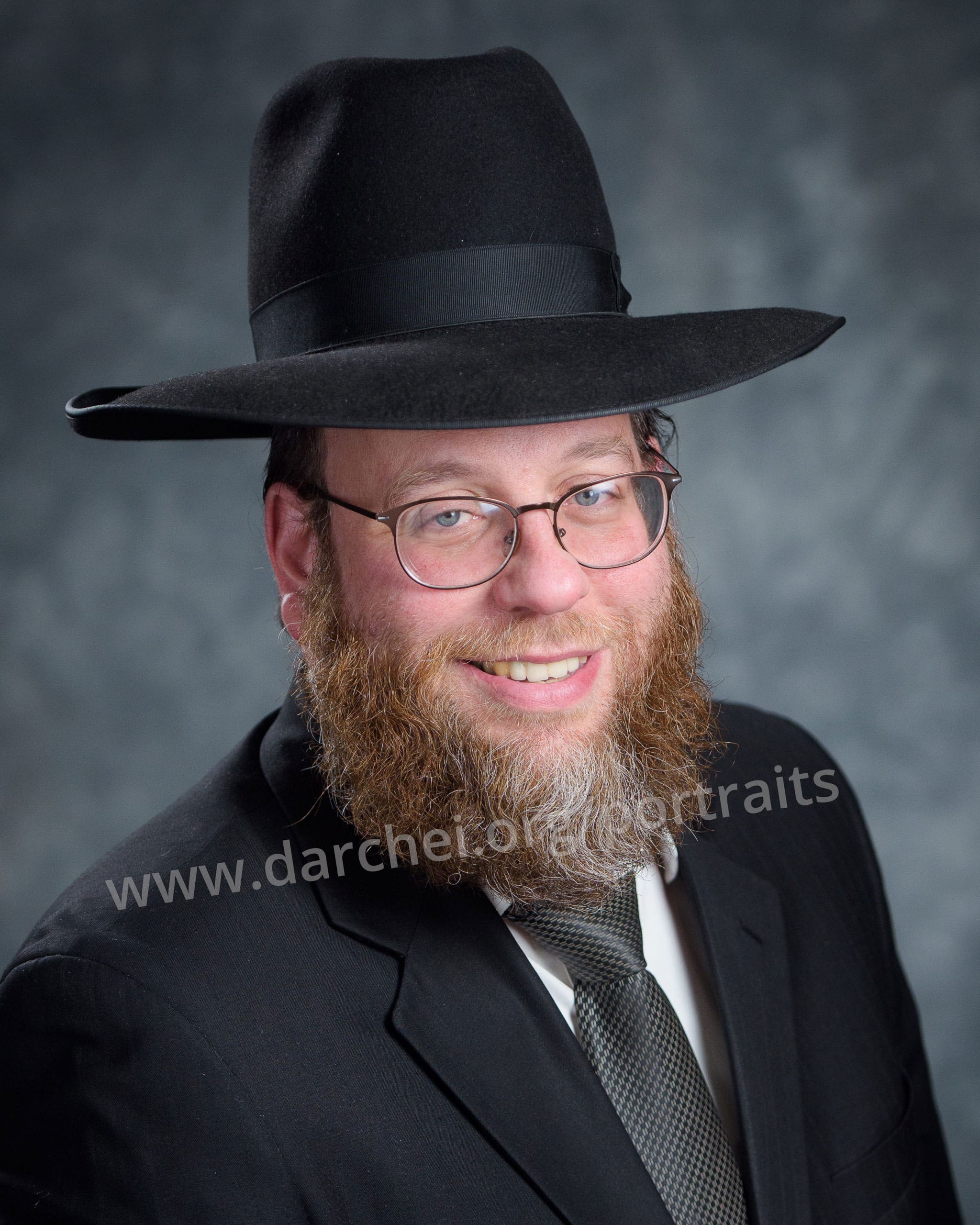
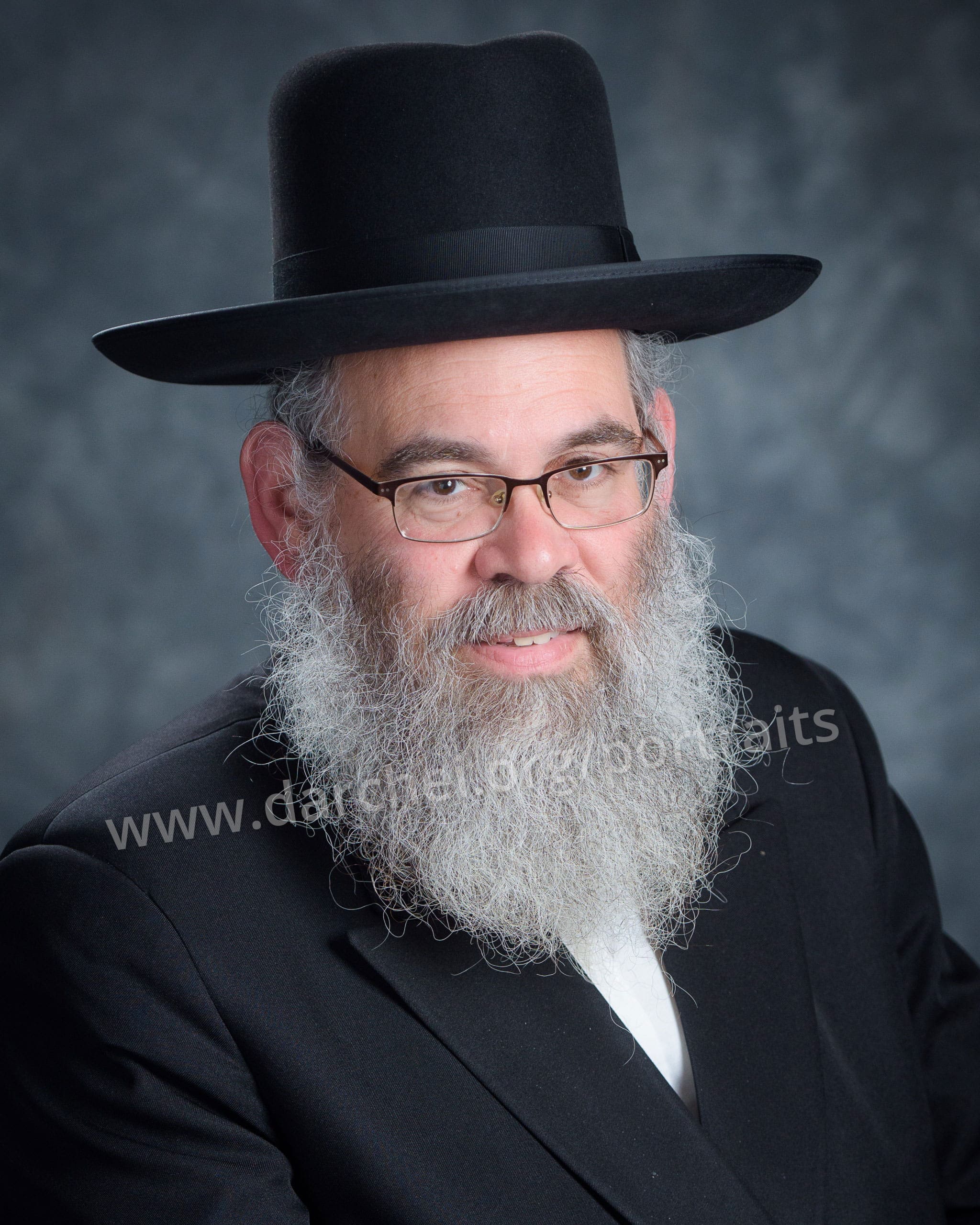
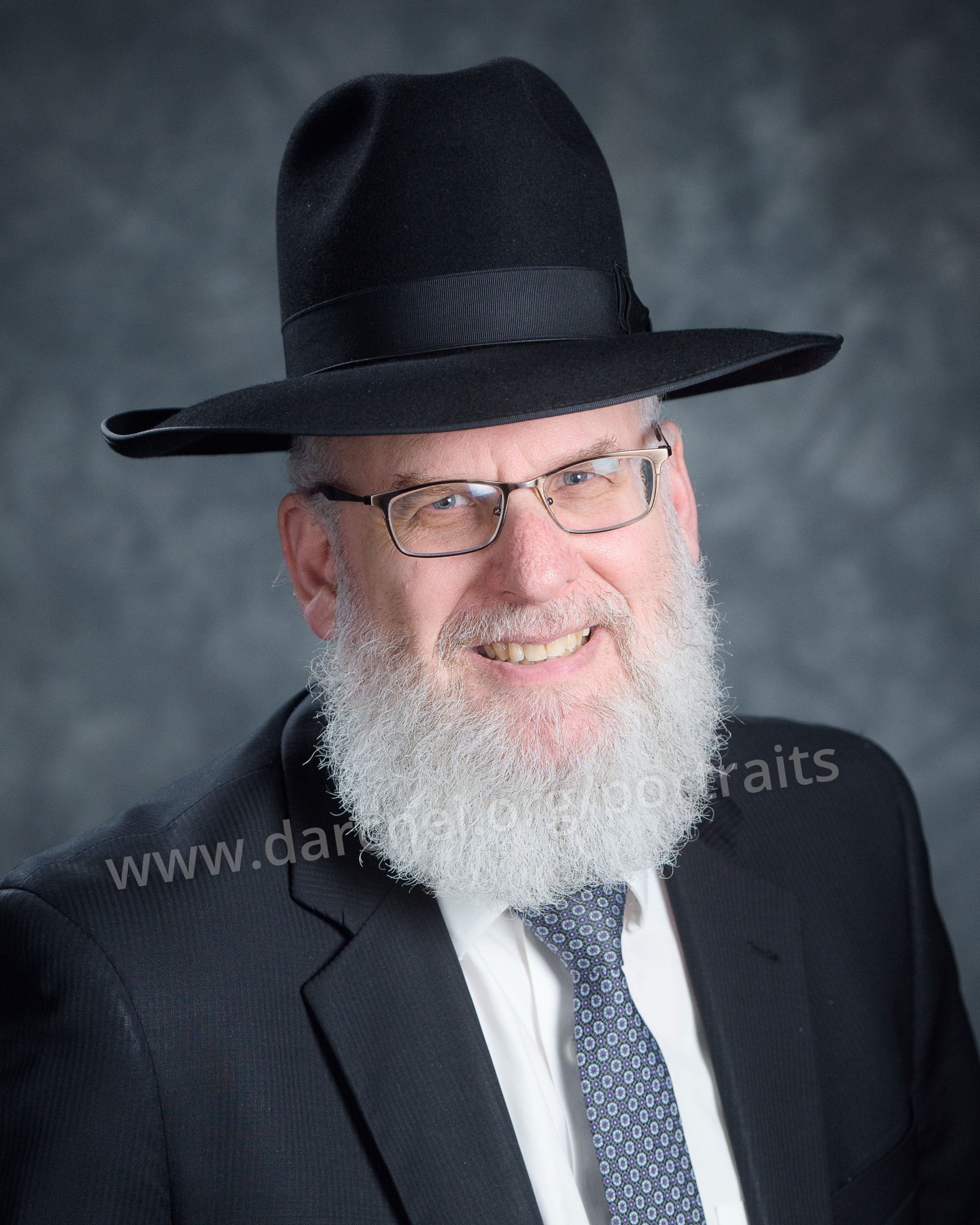
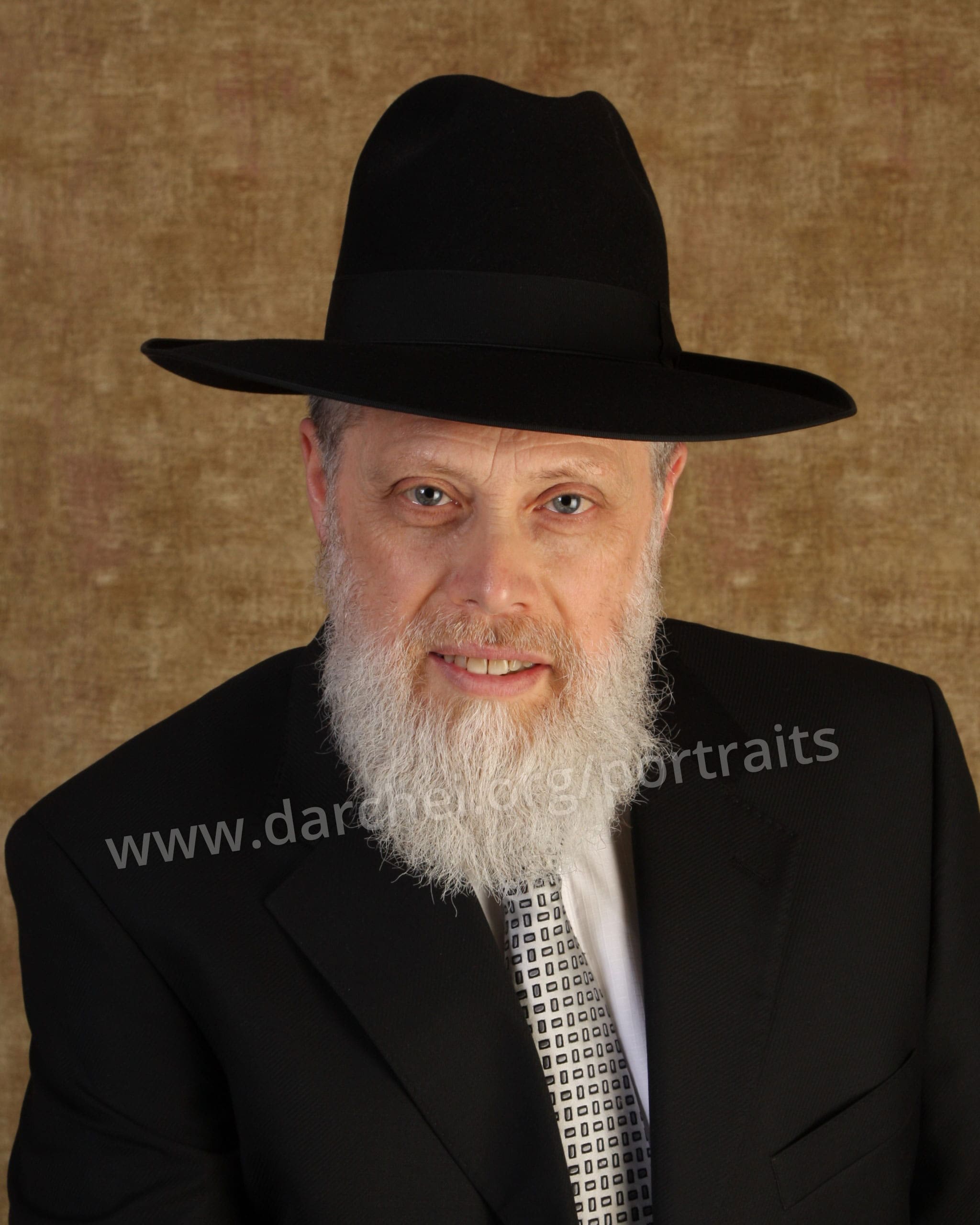
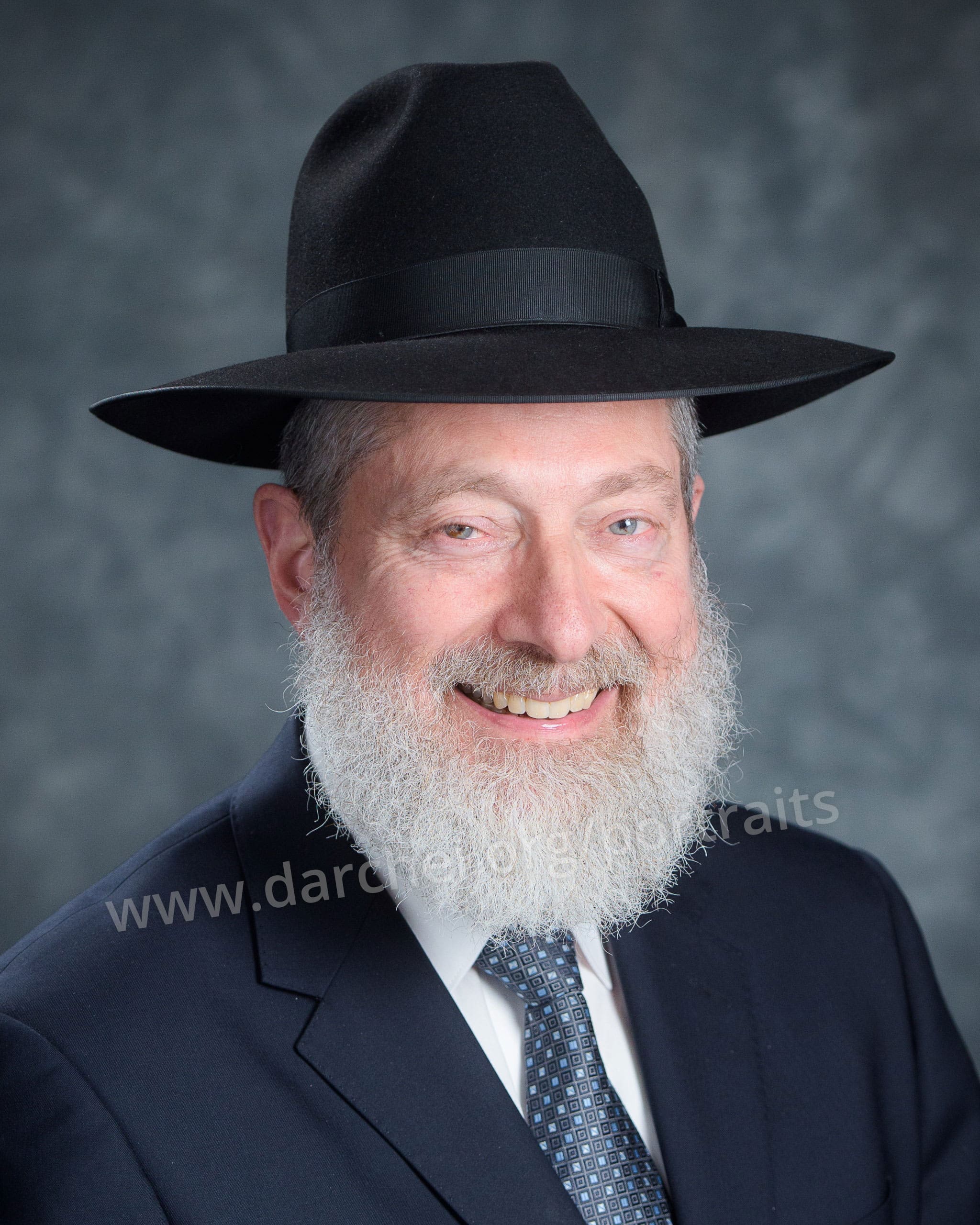




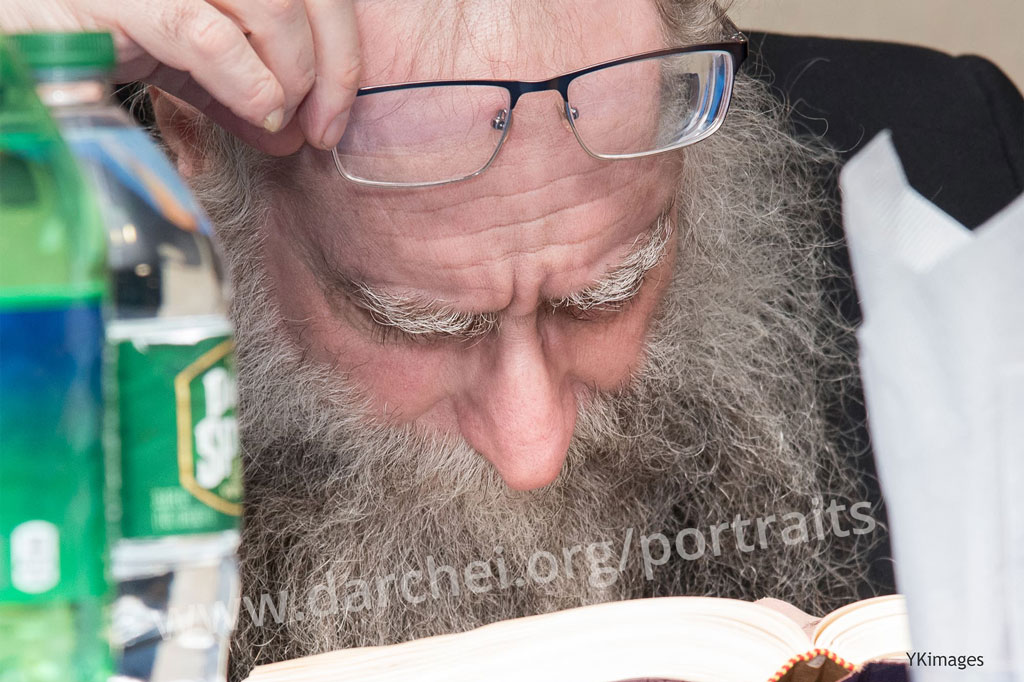
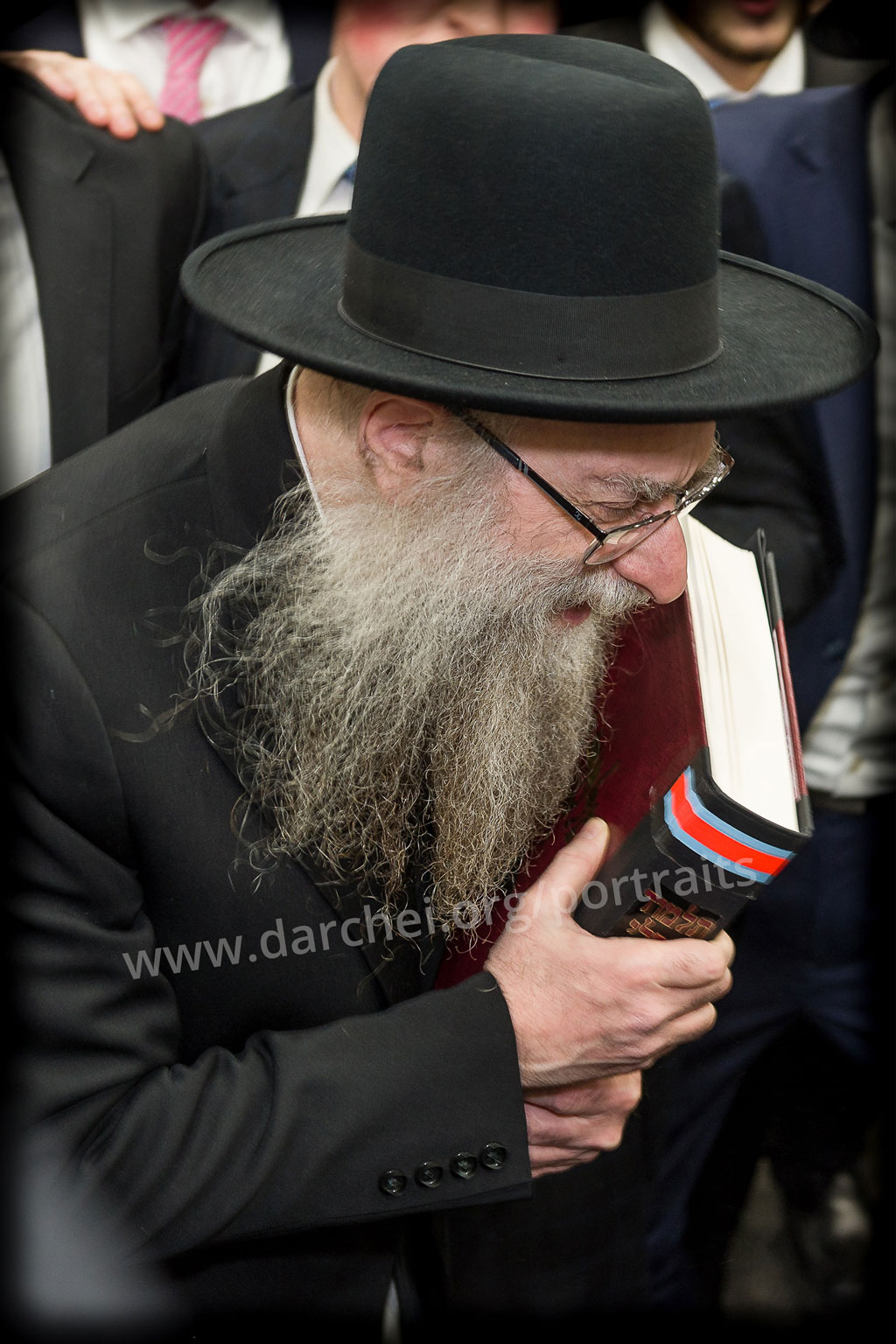
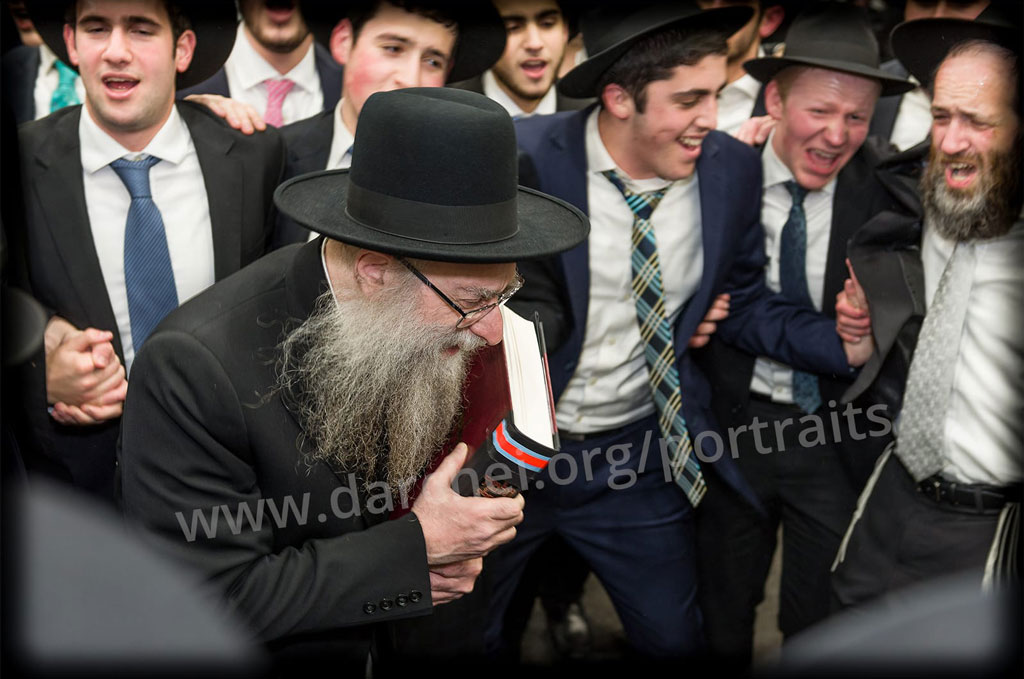
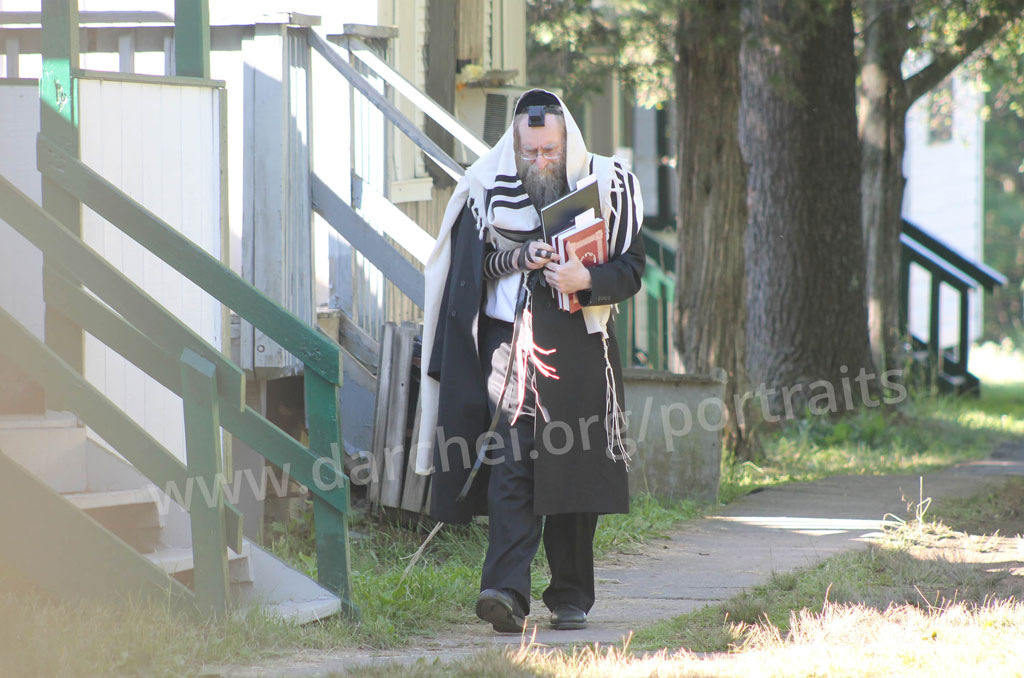


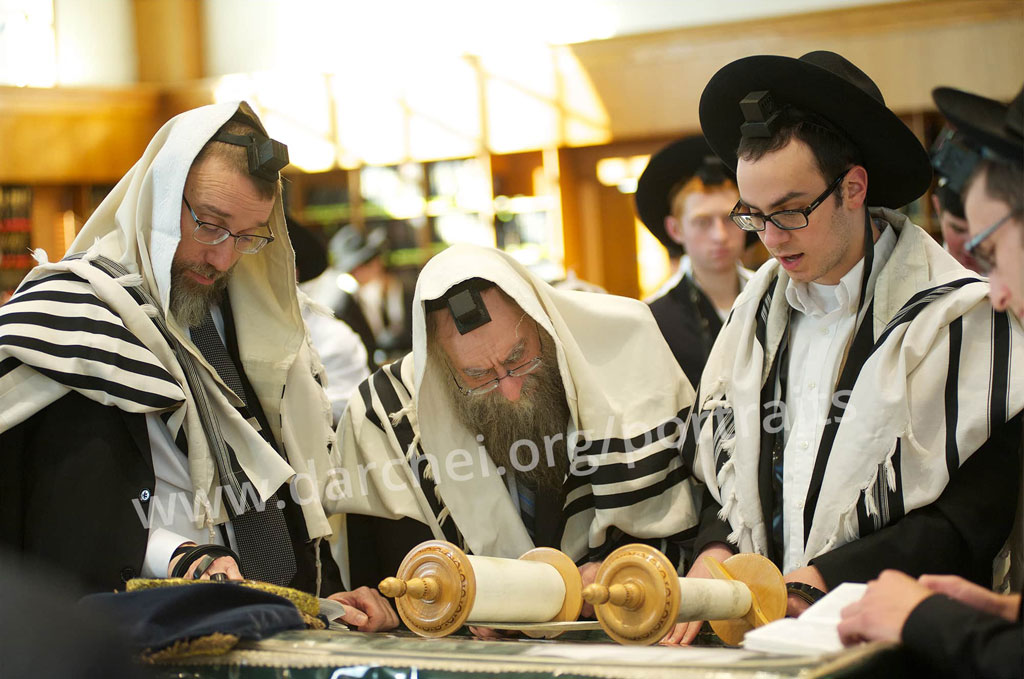

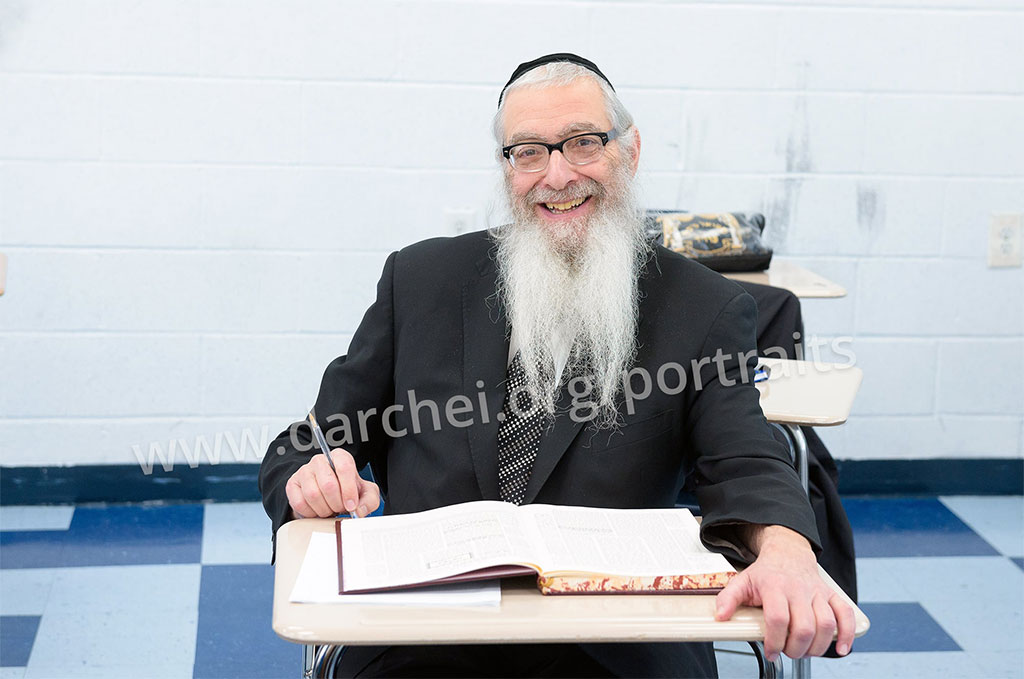
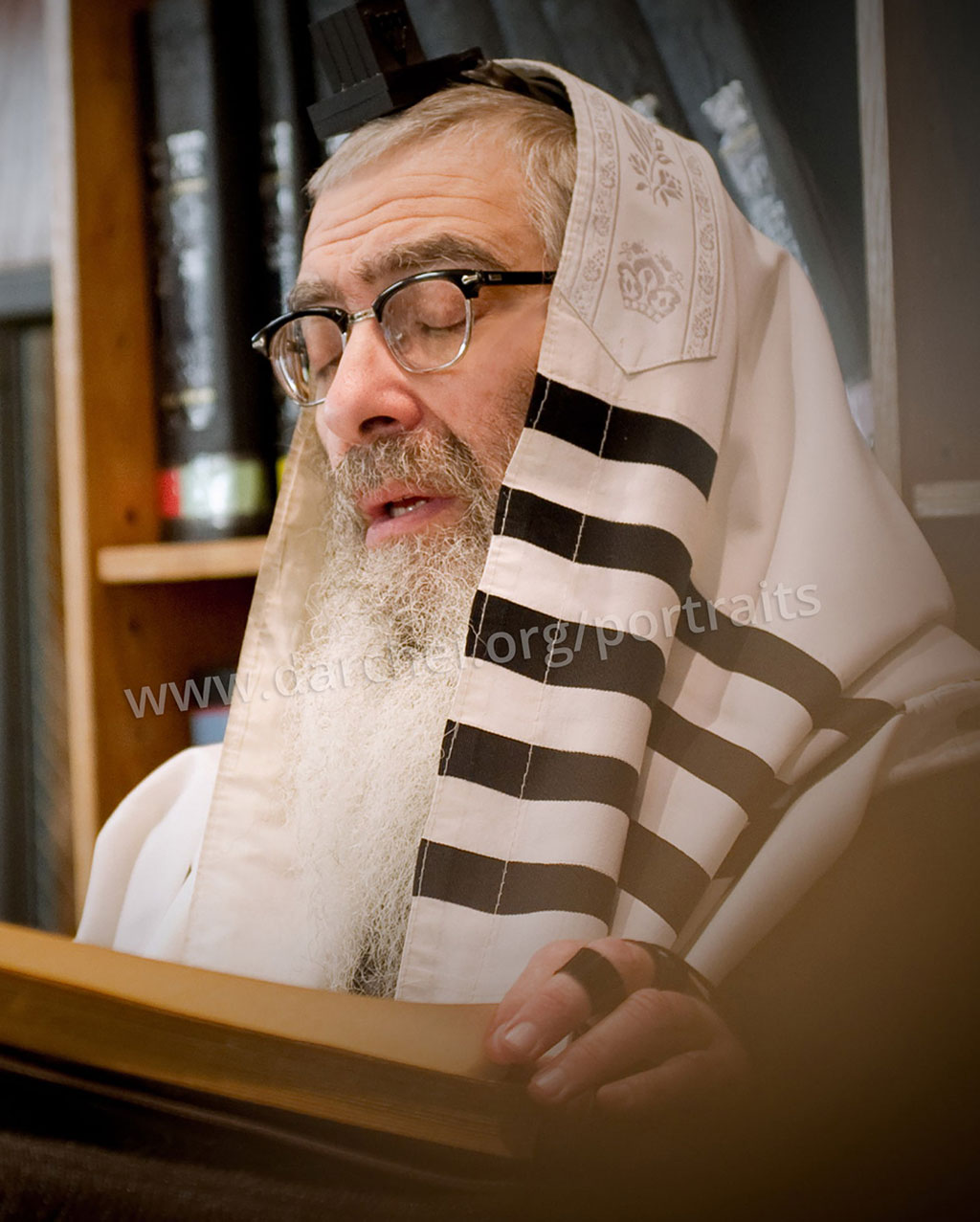

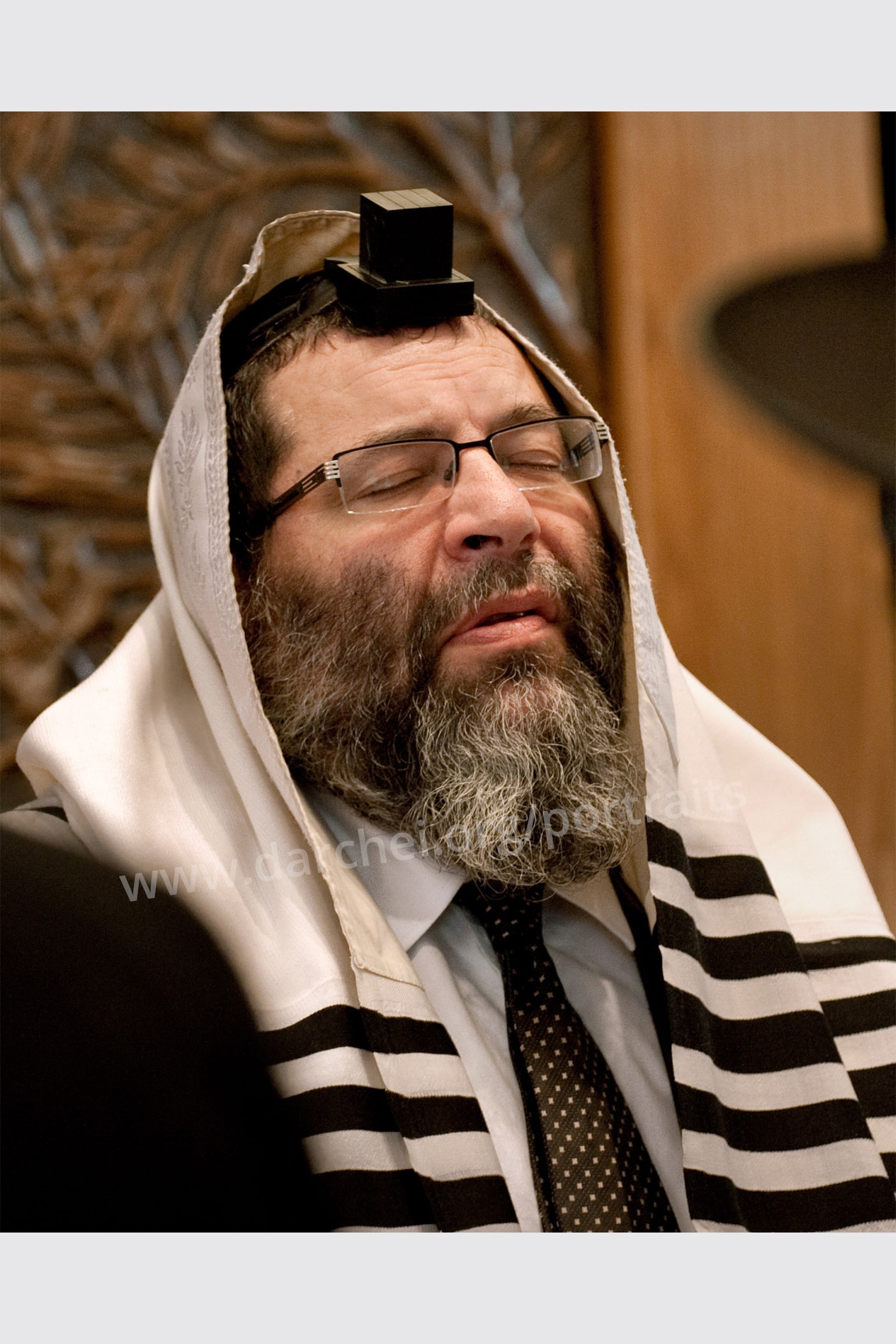
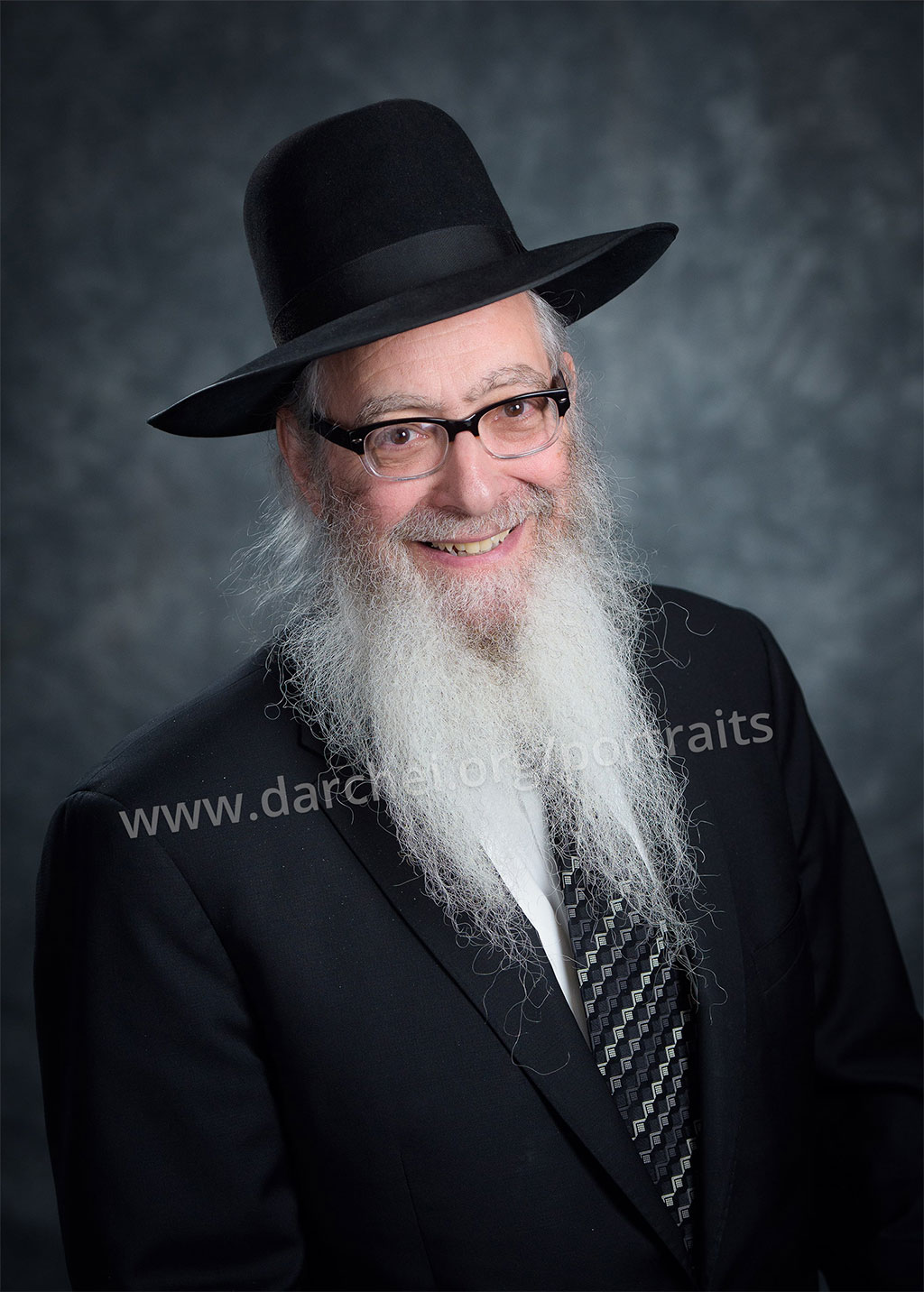
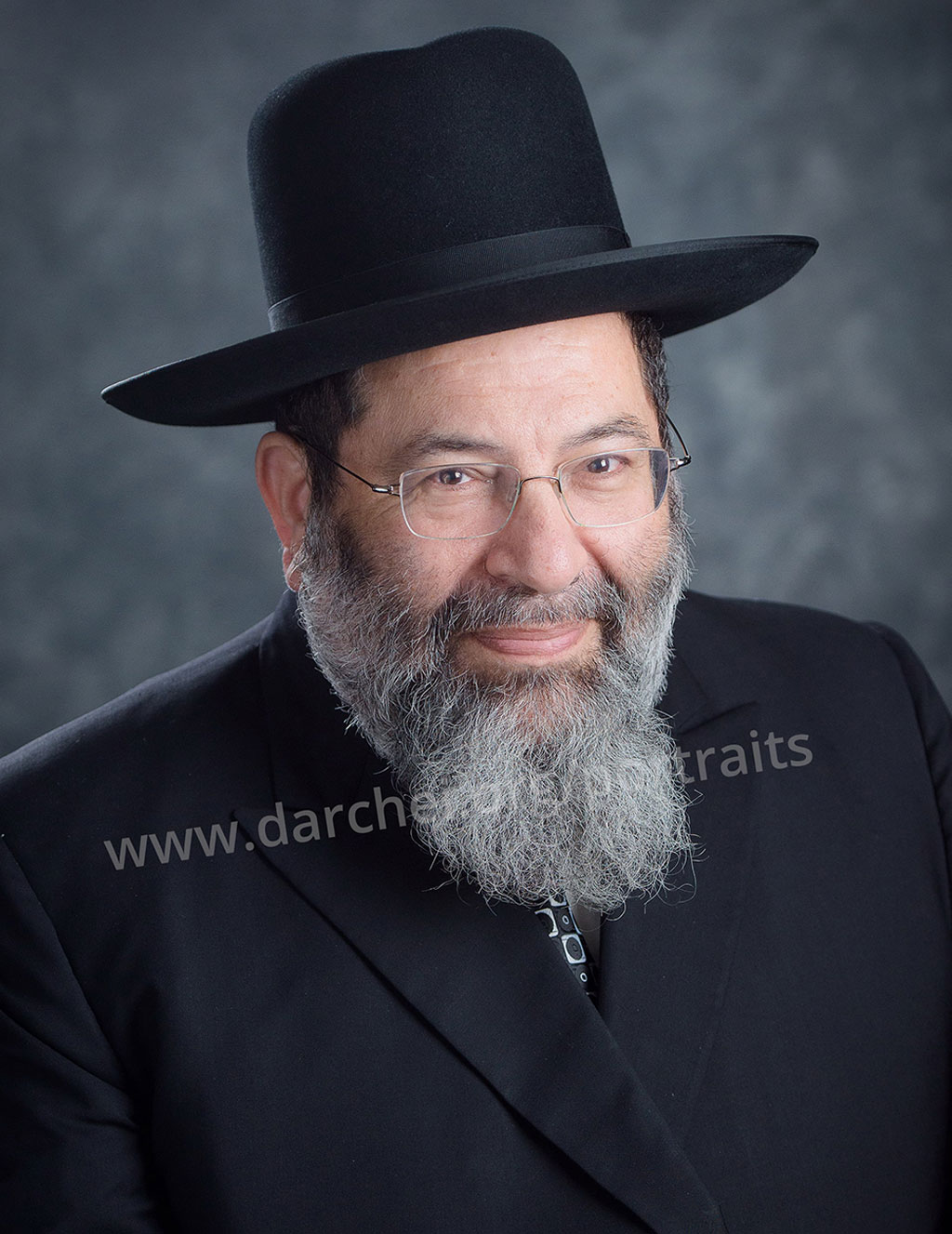

Leave a Reply